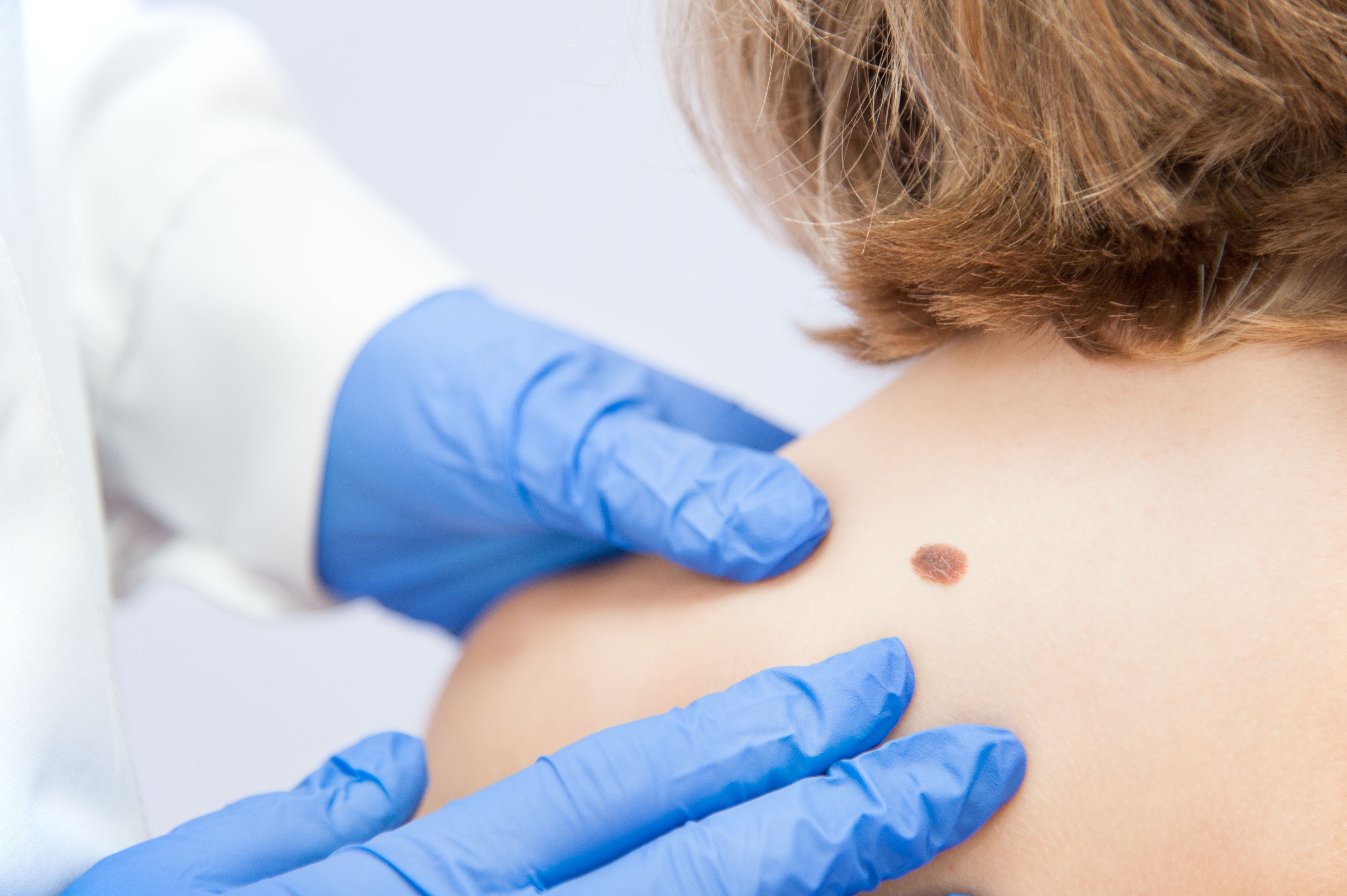- Case-Based Roundtable
- General Dermatology
- Eczema
- Chronic Hand Eczema
- Alopecia
- Aesthetics
- Vitiligo
- COVID-19
- Actinic Keratosis
- Precision Medicine and Biologics
- Rare Disease
- Wound Care
- Rosacea
- Psoriasis
- Psoriatic Arthritis
- Atopic Dermatitis
- Melasma
- NP and PA
- Skin Cancer
- Hidradenitis Suppurativa
- Drug Watch
- Pigmentary Disorders
- Acne
- Pediatric Dermatology
- Practice Management
- Prurigo Nodularis
- Buy-and-Bill
News
Article
Trust 2 Study Validates DermTech’s 2-GEP 99% Negative Predictive Value
Author(s):
The 2-GEP test is made of 2 biomarkers, LINC00518 and PRAME.
Damian Gretka/AdobeStock

A recent poster from the Winter Clinical Dermatology Conference in Miami, Florida, held February 16-19, explored the results of the Trust 2 study which evaluated DermTech’s non-invasive 2-gene expression profiling (2-GEP) assay’s negative predictive value (NPV).1
According to Ferris et al, it is still challenging to assess ambiguous melanocytic skin lesions and to clearly rule out melanoma through the existing standard of care of visual assessment and histopathology due to limitations of image and pattern recognition. DermTech’s 2-GEP assay is intended to help clinicians rule out melanoma through objective precision genomics. The assay can inform the clinical management of ambiguous pigmented lesions with a NPV of over 99%, the most relevant metric for a rule out test, according to the study authors.
DermTech’s 2-GEP assay uses RT-qPCR to detect the gene expression of PRAME (preferentially expressed antigen in melanoma) and LINC00518 RNA (long intergenic non-coding RNA 00518), “2 biomarkers that are common in melanomas but uncommon in their benign simulators, extracted from skin cells collected with non-invasive adhesive patches.” According to the poster, this unique approach improves pigmented lesion management beyond visual inspection with a NPV of 99%, a sensitivity of 91%, and by improving biopsied lesions for melanoma almost 5-fold.
The large US registry study, Trust 2, was designed to evaluate the 2-GEP assay in a real-world clinical study, to understand how the assay results may influence clinicians' decision-making regarding lesion management, and to determine the results of 2-GEP-treated lesions compared to histopathology results.
Trust 2 included 19,653 lesions tested with the 2-GEP assay. The majority of the 2-GEP-negative lesions were followed with clinical surveillance and not biopsied.
“To determine whether a negative 2-GEP result was correct or incorrect, the status of 2-GEP-negative lesions upon follow-up examinations (unchanged/stable versus changing in a manner concerning for melanoma) was recorded. In some cases, follow-up evaluations included pathology diagnosis for lesions that were biopsied,” wrote the authors.
Follow-up evaluations of 2-GEP's performance were assessed from 5096 lesions with biopsy results or confirmed clinical follow up with median and mean follow-up durations of 348 days and 337 days, respectively.
Overall, the Trust 2 study demonstrated an NPV of 99.7% which was observed, “rather than calculated from an assumed prevalence,” and was associated with a 95% confidence interval of 99.5% to 99.9%. The 2-GEP results also included a sensitivity of 95.8%, a specificity of 69.4%, and a positive predictive value of 13.4%.
“The Trust 2 study results reaffirm the DMT’s real-world clinical utility to rule out melanoma with a negative predictive value (NPV) that is higher than other currently available methods. As a non-invasive test that has demonstrated an NPV of 99% or higher in multiple, large studies, the DMT provides actionable genomic information for a suspicious pigmented lesion that a clinician may be hesitant to biopsy for a variety of reasons,” concluded the authors.
DermTech’s 2-GEP was also recently featured in a poster at the 2024 Winter Clinical Hawaii Dermatology Conference in January which analyzed the ability of 2-GEP to detect the expression of LINC00518 and PRAME in clinically atypical, pigmented skin lesions to rule out melanoma with a NPV of 99%. This previous study was conducted to better understand the real-world accuracy of the 2-GEP assay in ambiguous non-acral pigmented skin lesions in patients with Fitzpatrick skin types IV-VI and to determine whether there is a difference in results in Fitzpatrick skin types I-III.2
The previous poster data revealed that the performance of the 2-GEP assay in patients with FST IV-VI did not differ in patients with FST I-III. According to the data, sensitivity, and specificity were 90% or higher in both groups, and most importantly to the authors, the NPV for each group was greater than 99%.
References
- Ferris L, Skelsey M, Rigel D, Jansen B, Clarke L.Large US registry study confirms 2-GEP negative predictive value over 99%. Poster presented at: 2024 Winter Clinical Miami Dermatology Conference; February 16-29,2024; Miami, FL.
- Skelsey M, Lofitis B, Kaufmann M, et al. Non-invasive gene expression analysis rules out melanoma with high negative predictive value regardless of skin phototype. Poster presented at: 2024 Winter Clinical Hawaii Dermatology Conference; January 12-17, 2024; Honolulu, HI.






